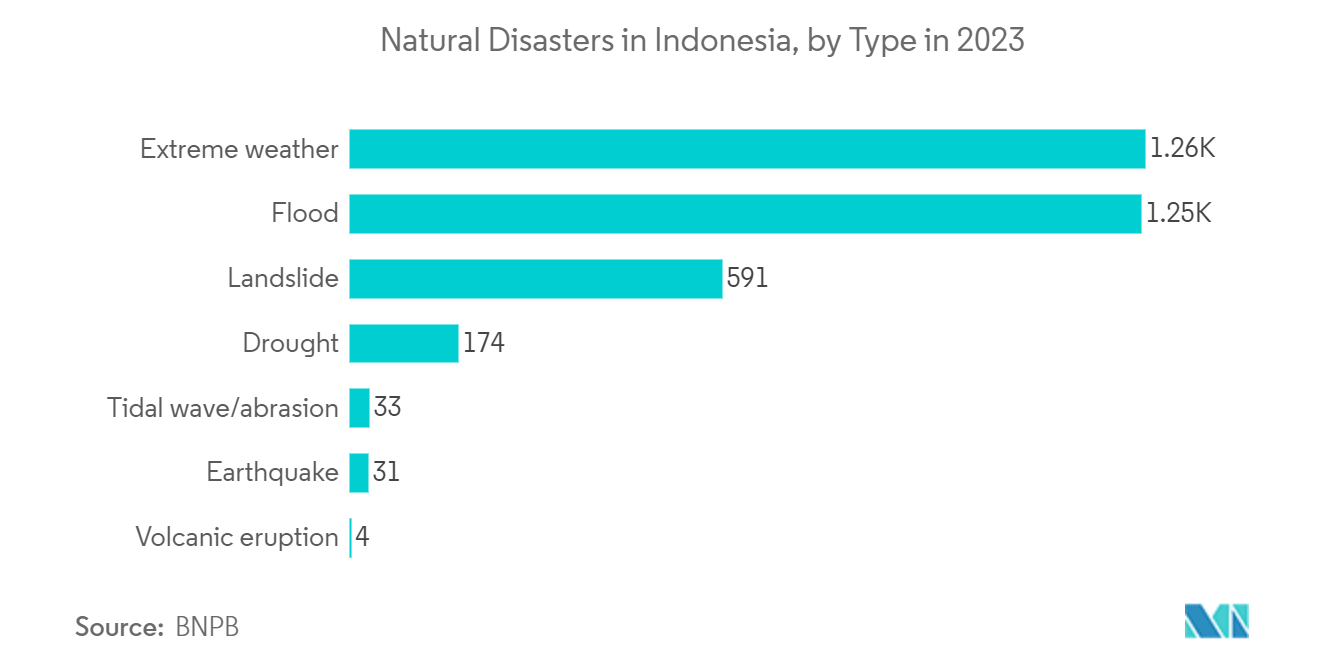Market Trends of Asia-Pacific Livestock Insurance Industry
APAC Governments Enhance Livestock Insurance Schemes to Bolster Agricultural Resilience
Many APAC governments are bolstering their livestock insurance schemes, recognizing the pivotal role of livestock in agriculture. These initiatives provide financial support to farmers in the event of livestock death, disease, or theft. They also attract more investments into the livestock sector by mitigating risks.
Government support for livestock insurance in the APAC region is pivotal. It shields farmers from financial setbacks, enabling uninterrupted production and bolstering the region's food security. In May 2024, partnering with CSC e-Governance Services India Ltd, Agriculture Insurance Company (AIC) decided to broaden the reach of its cattle insurance product, "Sampoorna Pashudhan Kawach," making it accessible to rural farmers nationwide through CSC's extensive network of 6 lakh Common Service Centers (CSCs). In February 2024, the Indian government approved significant modifications to the National Livestock Mission. The revised scheme reduces the beneficiary's premium share to 15%. The premium will now be split between the Center and the State at a ratio of 60:40 for all states, except for a 90:10 split in some cases. Coverage has expanded to 10 cattle units, up from 5 units.

Mitigating Climate Risks: The Role of Livestock Insurance in Agriculture
As droughts become more frequent and severe, water scarcity intensifies, impacting forage availability and animal health. This, in turn, elevates mortality rates and financial burdens on farmers, underscoring the need for robust insurance coverage. Meanwhile, heightened flooding events result in livestock fatalities and injuries and jeopardize critical farming infrastructure. Insurance emerges as a crucial shield against these unpredictable losses. Furthermore, animals face increased heat stress as temperatures rise, which can hamper their health, productivity, and reproduction rates. Here, insurance steps in, offering a buffer against potential production declines and income setbacks.
By safeguarding farmers against climate-related financial risks, livestock insurance plays a pivotal role in bolstering agricultural resilience. This financial safety net not only supports farmers during crises but also encourages them to sustain and even expand their livestock operations, thereby bolstering the agricultural market. Moreover, insurance payouts empower farmers to make strategic investments in their farms, enhancing resilience to climate change. These investments could range from upgrading irrigation systems and constructing heat shelters for livestock to cultivating drought-resistant forage varieties.


